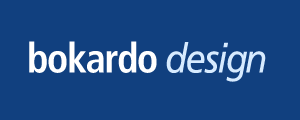August 1st
How does Strategy affect Design?
Luke Wroblewski shares a discussion on the ambiguous role of the designer:
Client: “Performance metrics, market landscape, product strategy? You don’t sound much like a designer. Shouldn’t we be discussing color options and page templates?”
Designer: “Design is the physical, or in this case digital, manifestation of your product strategy. Of course we could define your customers’ experience with ‘paint by number’. But I think you’d agree we should figure out what you want to say to your customers and why before we dive into how we’re going to say it.”
There are two ways to view Design here.
If you view it as creating interfaces to content, then you might stop short of talking about strategy. Instead, you would focus on how to display what you’ve got. Typography, grids, information hierarchy, big buttons, huge fonts, navigation bars, etc.
The other view that Luke alludes to is one that I believe we are moving toward, necessarily: having the designers in the strategy discussion alongside the “business strategy” people talking about the “what” as well as the “how”. (btw: this is the “strategy” part of the Bokardo Design: Interface design & strategy for social web applications). I would be doing both myself and my clients a disservice if I ignored how their business strategy can drive the design. A designer has done their job well when they have created an honest implementation of that business strategy.
Continue Reading: How does Strategy affect Design?
